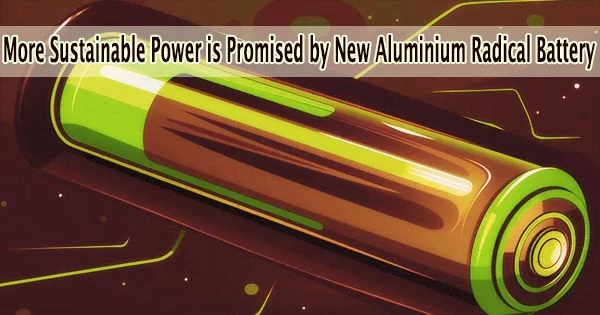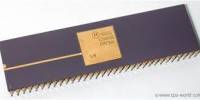The goal of Australian and Chinese researchers is to create the first non-toxic, safe, and effective aqueous aluminium radical battery.
The term “radical battery” is less common, but it might refer to a battery technology that uses radicals or radical reactions as part of its operation. Radicals are atoms or molecules with unpaired electrons and are highly reactive. They can play a role in various chemical reactions, including some that occur in batteries.
The initial phase of creating these unique batteries has been reported by teams from Flinders University in South Australia and Zhejiang Sci-Tech University in China in a recent publication published in the Journal of American Chemistry, the premier journal of the American Chemical Society.
When disposed of in landfills or anywhere else, most batteries contain dangerous elements and can harm the environment. Lead, cadmium, and mercury are examples of substances that can damage humans and animals, contaminate soil and water, and last a very long time in the environment.
Dr. Kai Zhang, from Zhejiang Sci-Tech University, and Associate Professor Zhongfan Jia’s research lab at Flinders University collaborated on the (electro)chemistry of stable radicals in the most-used Lewis acid electrolyte (Al(Otf)3 and battery test.
The group created the first design for aluminum radical batteries that offer a steady voltage output of 1.25 V and a capacity of 110 mAh g-1 over 800 cycles with only 0.028% loss per cycle. These batteries use water-based electrolytes that are fire-retardant and air-stable.
Professor Zhongfan Jia, from Flinders University’s College of Science and Engineering, hopes to use biodegradable materials for development of the soft-pack batteries in the future to make the product safe and sustainable.
Multivalent metal ion batteries, including Al3+, Zn2+ or Mg2+, use abundant elements of the Earth’s crust and provide much higher energy density than lithium-ion batteries (LIBs), says Professor Jia.
“In particular, aluminium-ion batteries (AIBs) attract great attention because aluminium is the third most abundant element (8.1%), which makes AIBs potentially a sustainable and low-cost energy storage system.”
The slow mobility of Al3+ ion complexes, which results in AIBs with low cathode efficiency, is one of the main issues facing modern AIBs. In order to solve the ion transport problem, organic conjugated polymers are emerging as cathodes for AIBs, although their battery voltage output performance is still subpar.
A family of organic electroactive compounds known as stable radicals has been extensively utilized in numerous organic battery systems. The first of this kind was commercialised by NEC® in 2012.
For organic hybrid LIBs, sodium-ion batteries, and all-organic batteries, the Jia Lab at Flinders University has already created radical materials. Since their (electro)chemical reactivity in electrolytes is not well understood, these radical materials have never been used in AIBs.
















